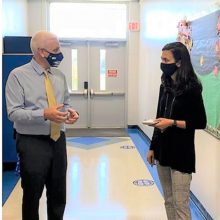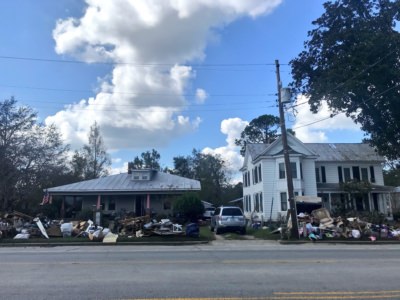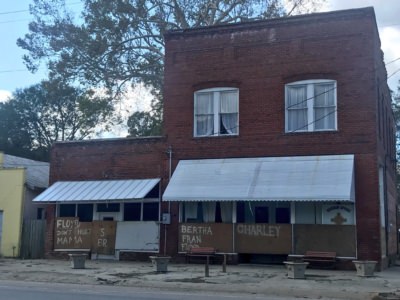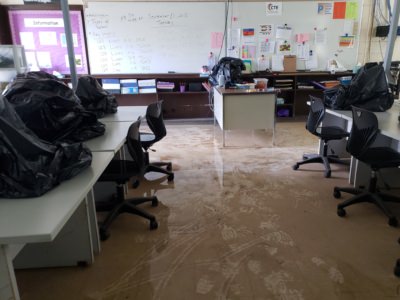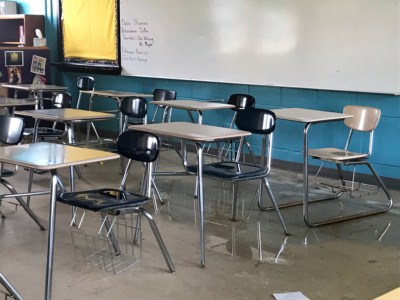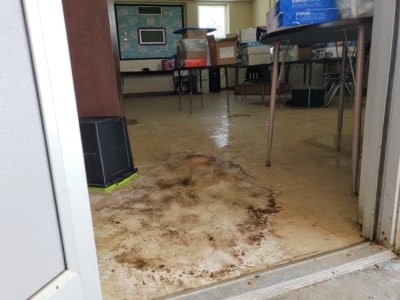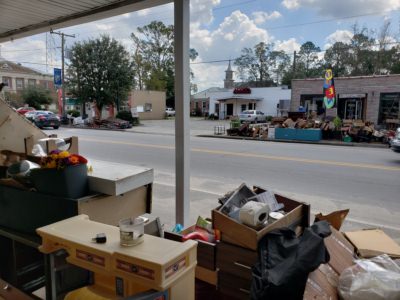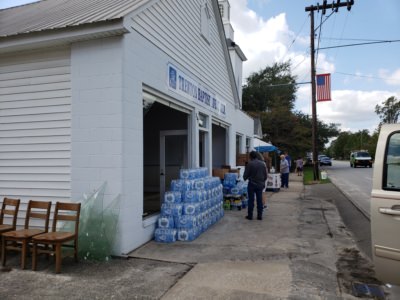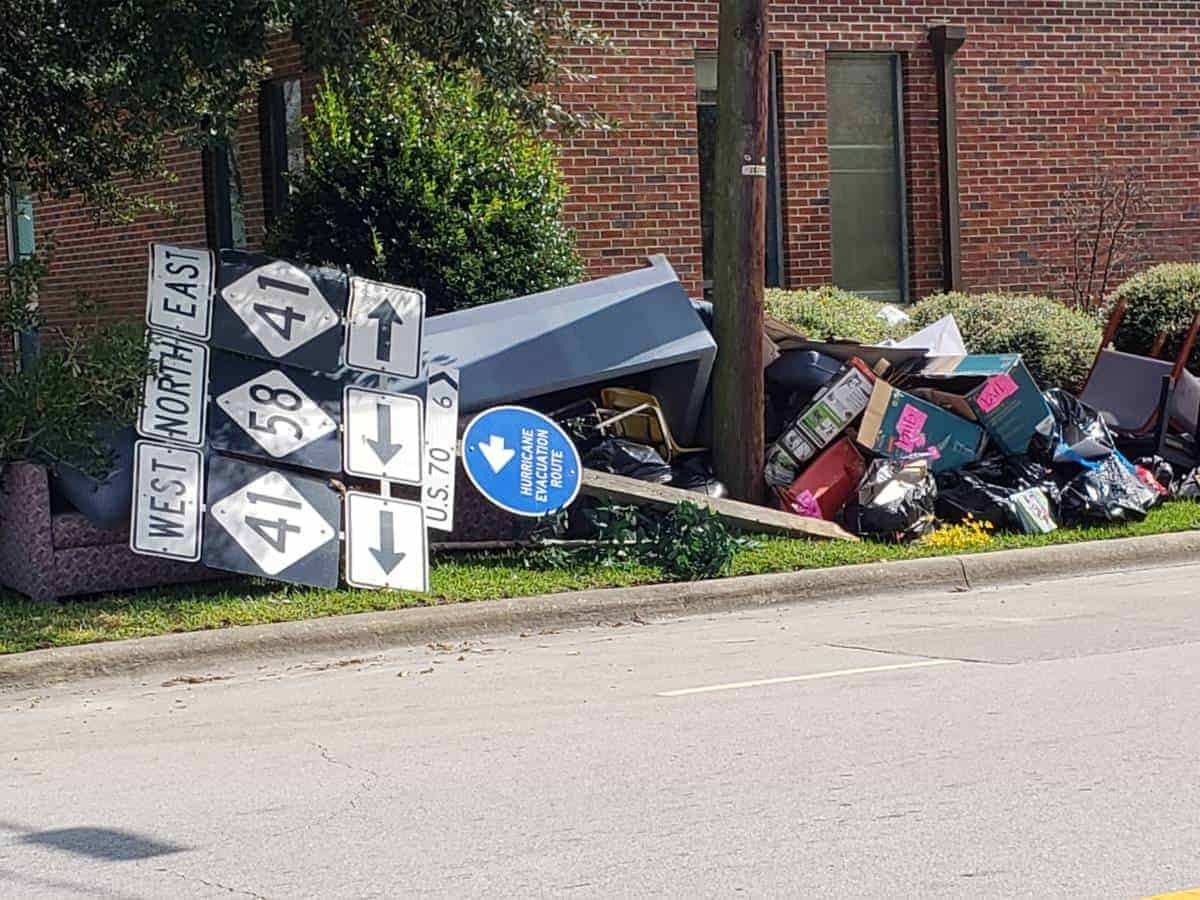

In October 2016, Hurricane Matthew caused widespread flooding and destruction across Lenoir County, forcing schools to close for 10 days. Less than two years later, Hurricane Florence has caused destruction once again, with the Neuse River cresting just a few feet shy of its crest during Hurricane Matthew.
Today, Lenoir County Public Schools will reopen for the first time in 11 days.
The road to recovery
According to Assistant Superintendent Nicholas Harvey II, Lenoir County Public Schools fared much better during Florence than it did two years ago in the wake of Matthew. This difference can be partially attributed to the Neuse River cresting slightly lower than it did in 2016 and the wind speeds of Florence being weaker than those of Matthew. However, Harvey believes the district learned important lessons in the wake of Matthew, allowing teachers and administrators to better prepare for the impacts of Florence.
“There are four phases to these events: preparation, response, recovery, and then mediation. On the preparation side, our schools and school leaders did an outstanding job of doing things like covering technology equipment,” said Harvey. “At our transportation site, we moved lifts, we moved buses, we moved vehicles to higher ground. We listened to our emergency management folks. We prepared for the storm.”
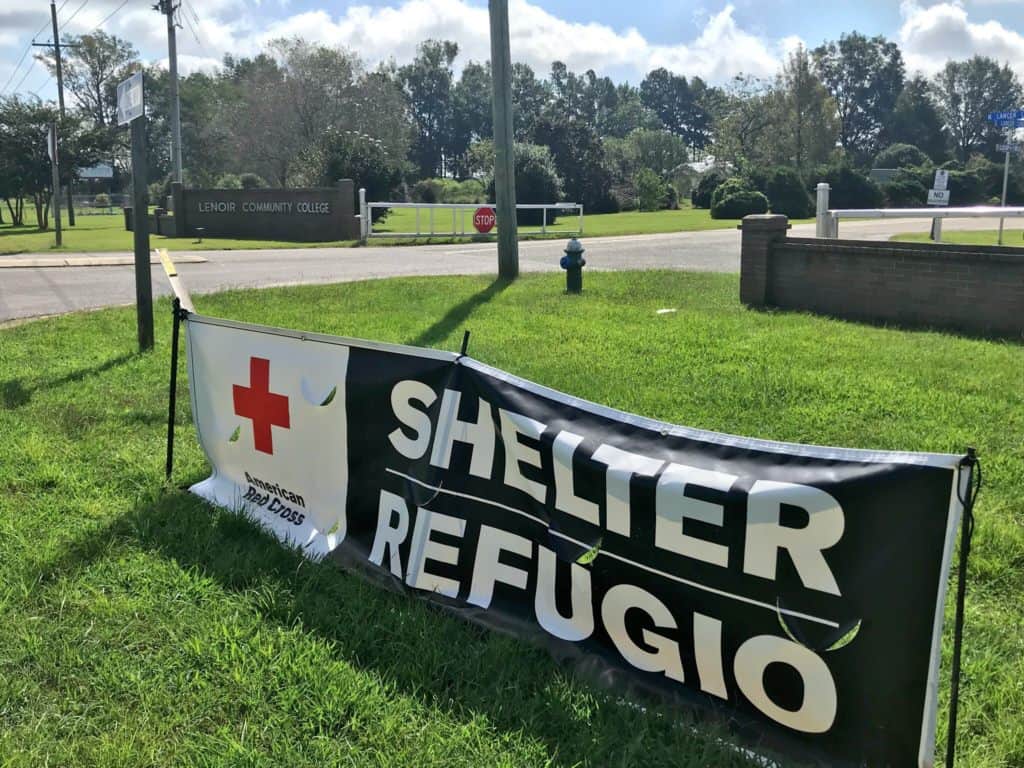

During Matthew, the district lost over $70,000 of food items because buildings were without power for so long. In preparation for Florence, the district postponed its meal delivery service to prevent losses of fresh and frozen foods. Although there were still some minimal costs from food losses, they are significantly less than last time.
The district also learned how to better handle communications during times of crisis.
“We learned a lot about locating our kids. We learned just how dependent we are on modern communication,” said Brent Williams, superintendent of Lenoir County Public Schools. “We just were not able to account for so many kids during Matthew, so this time we were able to prepare by giving all of our kids and parents prior to the arrival of Hurricane Florence specific requests and directions to them about where and when we would disseminate information and how they could best communicate with us, and us with them.”
Despite some parts of Lenoir County faring better this time around, Florence was still a crisis of historic proportion.
“All the preparation in the world can’t prevent loss of a natural disaster — but it can go a long way towards helping us expedite the recovery process and lessening the negative impact on the adults and students we serve,” said Williams.
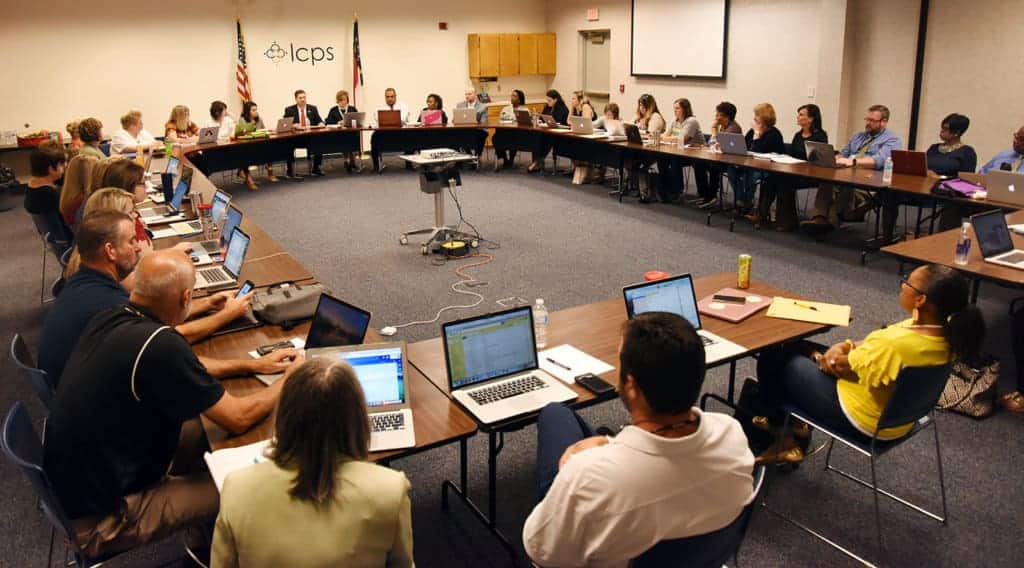

Now, the district is in the response phase. On Wednesday morning, Superintendent Williams convened his leadership team along with all of the principals, directors, and coordinators from across the district to identify the areas of greatest need both in terms of preparing to reopen schools and for the long-term process of recovery.
Although maintenance and transportation teams have been working for the last week and a half to prepare for schools to reopen, Williams said the work will continue throughout Wednesday night ahead of the first bell on Thursday morning.
“That initial step is going to be crucial for all of our stakeholders, but especially our kids and our staff members who have experienced loss and are trying not only to get back to some sense of normalcy with regard to a regular school day but also to recover in terms of making their home lives whole again,” said Williams.
Although the first day back in the classroom is an important first step in recovery, Williams emphasized that the district is prepared for the weeks and months it will take to recover from another disaster of this magnitude.
“Supporting our staff members and really just approaching it from a standpoint not only to demonstrate unconditional support and love for them as staff members and human beings, and as students and human beings, but also to let them know that we’re in this together for the long-term. It’s not just a matter of getting the school doors opened again and getting lessons started again, but it’s a matter of being with them and partnering with them as we move forward together.”
Serving displaced students
Wes Hazelgrove, an 8th grade English teacher at Contentnea-Savannah K-8 School, was in his second year of teaching when Matthew hit North Carolina. At the time, he felt much less confident returning to the classroom after 10 missed days.
Now, Hazelgrove is eager to return, which he attributed to a strong support system at his school. The teacher workday yesterday allowed Hazelgrove and his team to plan and ensure they are on the same page before students return today.
“The main thing here is to think ahead — we do have students who are displaced. So it’s just going to be tough. Students who are displaced and come back, all the work they missed — it’s just a balancing act,” said Hazelgrove. “It’s really important to be patient. As educators, that’s our No. 1 virtue. I’m not stressing it at all. I’m very, very ready for my kids to come back.”
According to Harvey, the district knew of about 30 displaced students at the peak of the storm, but that number may fluctuate over the coming days as families continue to notify schools of their status. After Matthew, there were 216 Lenoir County Public Schools students displaced.
With the potential for displaced students to relocate to adjacent counties, Lenoir County Public Schools has worked to ensure all students are provided transportation to school tomorrow. Harvey believes it is very likely that displaced students from surrounding counties could be relocated to Lenoir County, and vice versa.
When situations like these arise, districts hold best interest determination meetings where they consider each student on a case-by-case basis.
“You look at factors — what time of the year it is, what courses they’re enrolled in, where those courses transfer. There’s a lot that goes into it. The best interest of the child is always considered. If it’s in their best interest to remain in their LEA, we accommodate that as best as possible,” said Harvey. “It’s tough, it’s a long process, but we look at every student individually before we make a decision about if they go or stay.”
Down the road, a different story
Jones County, which borders Lenoir County to the south, experienced more severe losses in the wake of Florence. The Trent River at Trenton crested at 29.25 feet — higher than both Matthew and Floyd. Flooding around Trenton and Pollocksville left much of the area submerged in multiple feet of water for days.
While other nearby school districts reopened or offered teacher workdays this week, Jones County Public Schools remains closed indefinitely. Two of the six schools in Jones County Public Schools, Trenton Elementary School and Jones Middle School, experienced flood damage beyond repair and will not reopen.
At this point, it is unclear where students will be relocated once the district reopens. Jones Middle School is the only middle school in the county.
On W. Jones Street in Trenton, collections of damaged furniture and other personal belonging lined the street while relief groups handed out water, food, and hygiene products.
